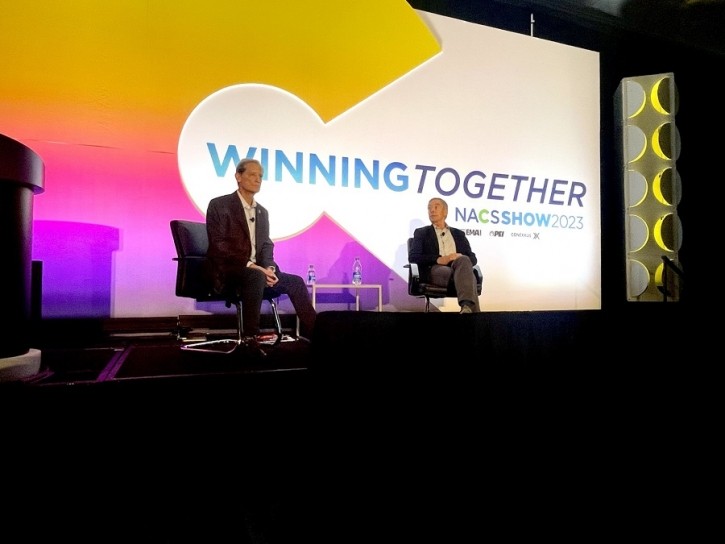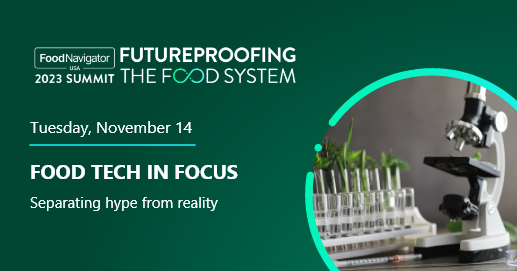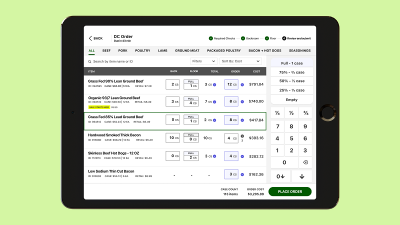National Association for Convenience Stores
How visual AI can improve operations in retail convenience

“AI is not new…it may be so well embedded in your applications that you’re not even aware you’re using it…I don’t know of any other science that has penetrated so much of our world in terms of creating new industries and disrupting other ones,” Porter explained.
Within the convenience retail channel where operations surrounding dwell times, inventory management, merchandising, sanitation and staffing, among others require swift attention, visual AI offers a solution for operators to act in real-time by reducing the time spent monitoring security screens, New explained.
New reiterated that visual AI is a field of AI that enables computers and systems to derive meaningful information from digital images, videos and other visual inputs and take actions or make recommendations based on that information.
“If AI enables computers to think, computer vision enables them to see, observe and understand,” New added.
Using existing surveillance cameras in-store, operators can train the visual AI with specific parameters to identify and alert them with recommendations to act in real time.
Based on a store’s needs, whether it’s ensuring there are enough cashiers at the register or restocking low inventory in a high-traffic area, visual AI allows for store managers to reduce time spent on monitoring screens and focus instead on implementing solutions based on the AI’s alerts. This should allow for affordable and efficient store operations, New noted.
“We’re now at a…turning point in the field of computer vision where the technology is now cheap enough to deploy…in everyday applications. One of the reasons is that it can now piggyback on camera equipment that’s already ubiquitous,” Porter said.
While store managers are able to use existing CCTVs, it’s important to identify how the cameras will be used in conjunction with visual AI, i.e. using a continuous camera feed to follow customers throughout the store, adding more cameras or implementing 360-degree cameras.
One additional cost to implementing visual AI into a camera system is the use of an edge server to process real-time data quickly, New explained.
“You can leverage your existing camera system which is great. You don’t have that investment…[and] extend the life of your camera system by layering this technology on top it. But in order to make it work, you need an edge server…to meet certain specs so it can process that video and send alerts.”
Implementing multiple modalities with visual AI to enhance in-store operations
Computer vision’s capabilities are evolving with “lots of modalities capturing information from the physical world for retail stores,” Porter added.
Multi-sensor fusion, he highlighted, is a new development where cameras can be combined with other types of sensors to conversations about to give operators “new use cases and confirmatory information” about various touchpoints in the store. For example, Internet of Things (IoT) sensors, which collect environmental data (temperature, humidity, etc.) and monitor activities like sound and motion detection, which can be used to enhance the visual AI program, all providing comprehensive information to the operators on in-store statuses.
Prioritizing consumer privacy
With the increased use of AI across the supply chain and existing CCTV monitors in retail stores, ethical considerations are minimal and the use of visual and even audio AI would not come as a surprise to consumers, New noted.
“I would be surprised if there’s any consumer in the country that would go to a convenience store and not expect there are some cameras monitoring movement.”
He warned, however, that protecting personal and identifiable information should be a priority. Facial recognition is one area of visual AI that could be potentially controversial if used incorrectly.























